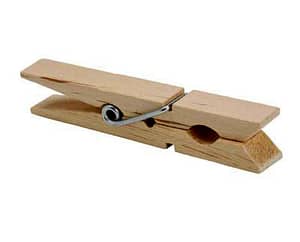Friday, March 3rd, 2017
Sewer Gas — It Stinks!

In our 1920’s vintage home, we’re at peace with our vintage plumbing: everything above ground is new-ish. Everything underground is cast iron, rusty, and likely broken in places that we can’t see. After 20+ years of peaceful coexistence, our basement drain recently decided to take our relationship to a new level. It burped up a wave of sewer gas that we could not ignore. Our beloved basement man-cave had become too stinky to enjoy.
What is Sewer Gas?
According to Wikipedia, “sewer gas is a complex mixture of toxic and nontoxic gases produced and collected in sewage systems by the decomposition of [sewage].” The actual gas portion may include hydrogen sulfide, ammonia, methane, esters, carbon monoxide, sulfur dioxide and nitrogen oxides. The stinky part is typically the hydrogen sulfide component.
Although unpleasant, sewer gas from a basement drain are in low enough concentrations that they are generally not toxic. On the flip side, if you were to enter the sewer for a closer look at the source of sewer gas, the chances of sewer gas poisoning are high. Tip: Stay out of the sewers.
How Does Sewer Gas Enter a Home?
Bad News: If you have a sewer gas issue, something is wrong. According to the “www.marionoh.us” web site, “the most common fault in the plumbing system is untrapped drains, especially floor drains in the basement or utility room.” Examining your floor drains for dry or damaged drain traps is a good starting point. If floor drains are seldom used, the water barrier that sits in the U-shaped trap can evaporate over time, letting sewer gas seep into your home. If you suspect this is the issue, pour a few gallons of water into the floor drain to re-fill the trap with water.
If the smells persist, it’s possible the drain line/drain tile is damaged. A reputable plumber can assist in identifying the source of the sewer gas.
How Do You Get Rid of Sewer Gas?
In our case, our cast iron basement floor drain had rusted away (it’s over 90 years old). We installed a new, PVC trap (available from the big-box hardware store) and filled it with water, to create the water barrier in the trap itself. We’re a month into the repair and the new PVC trap seems to be working well. We were lucky – we rarely use our floor drain and we could see that the trap had rusted through. The repair was straightforward and a good fit for a DIY approach.
Water You Waiting For?
If you are noticing sewer gas smells in your around your floor drains, an inspection by a trained plumber is worthwhile. Ray and his team of plumbing professionals are at the ready and there’s never a service fee just to come to your home. Call, or Contact today for more information – (513) 396-5300. We always come highly recommended and have earned an A+ rating from the Better Business Bureau for our expert quality of service. If repairs are required, discount coupons may apply – visit our website for details: Coupons
